Click on each project to learn more.
Accelerating Antibody Analysis
Partner: Dr. Charles Glabe

Paris Haraguchi
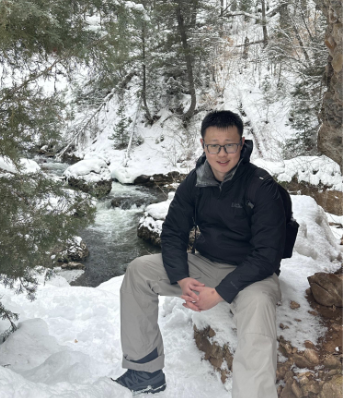
Chengyan Zhao
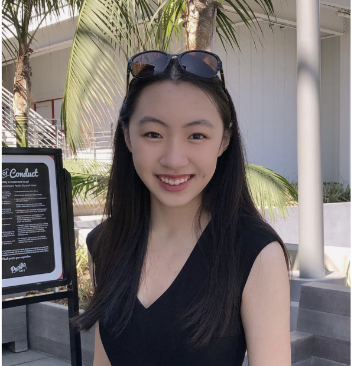
Claire To

Shelly Wu
Project Overview: Antibodies act as the body’s natural defense system, recognizing harmful substances and aiding in disease prevention. By analyzing antibody sequences, we can identify individuals at risk for certain diseases and even match donors for autoimmune treatments. However, given the vast diversity of antibody sequences efficiently analyzing this data is computationally challenging. Currently, the lab is studying antibody binding sites using groupings of four amino acids (tetramers) to identify patterns and correlations. However, there are limitations in its ability to capture certain relationships in the data. To expand upon this work, we will explore the use of pentamers, and potentially hexamers and heptamers, to determine whether longer sequence groupings improve resolution in identifying meaningful antibody characteristics. Beyond biological analysis, our project also aims to refine the computational efficiency of antibody sequence tiling and analysis. Overall, we aim to improve the scalability and accuracy of antibody diagnostics to contribute to more efficient disease risk assessment and more accurate tools for prescribing medicine.
AI Edtech Platform for Special Education
Partner: Blossom Data
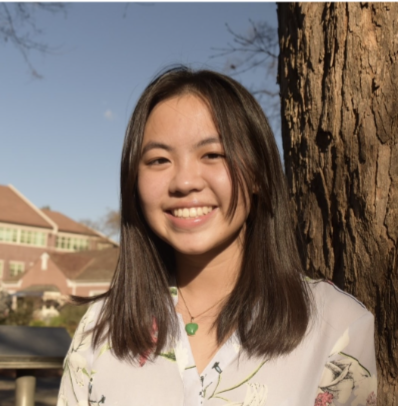
Julie Cao
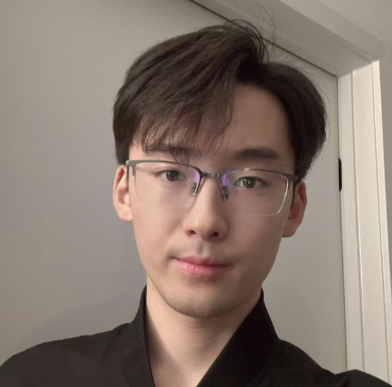
Weiwei Yu
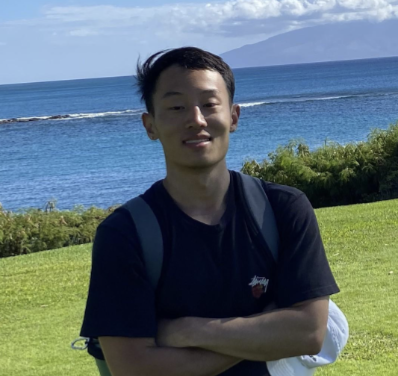
Alex Meng

Bridger Bell
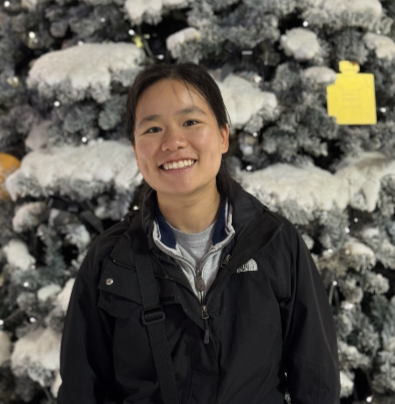
Cheryl Chen
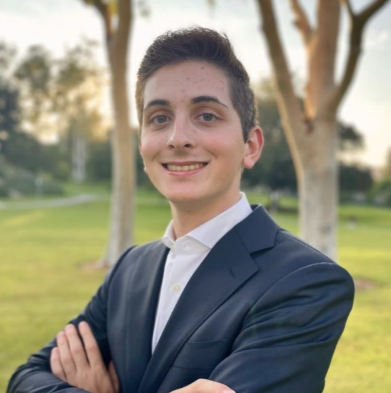
Anderson Olsen

Shreya Daschoudhary
Project Overview: There are millions of special education students who require individualized education plans (IEPs) that are recorded on paper. For a teacher with multiple special education students this can be difficult and consumes time better spent teaching students. We want to develop a solution by creating a mobile or web application that helps digitize, record, organize, and analyze an instructor’s IEPs, promoting effective teaching and evaluation practices.
Airborne Threat Analysis over Complex and Congested Airspace
Partner: Raytheon Company
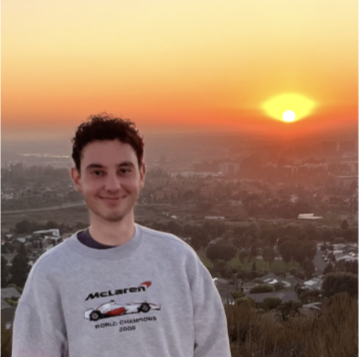
Bobak Sandri
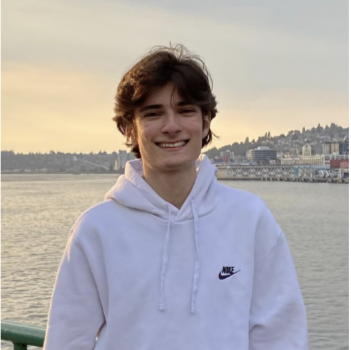
Parsa Hesam

Benjoseph Villamor

Royce Chipman
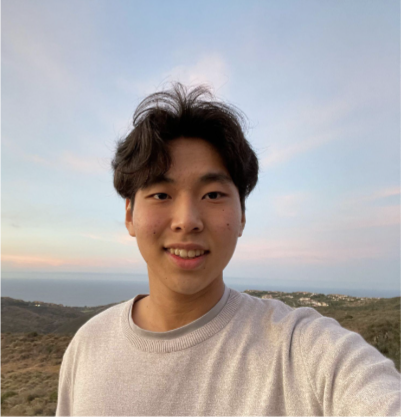
Junyoung Yoon
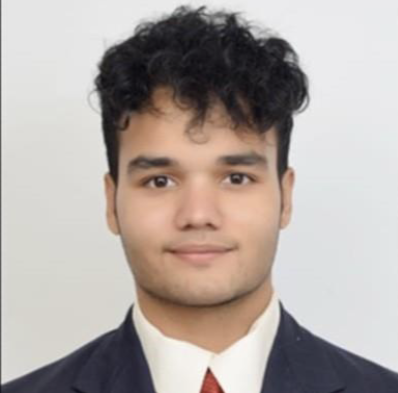
Dushyant Bharadwaj

Alvin Phan
Project Overview: The project addresses the challenge of detecting airborne threats within high-traffic airspaces. Currently, Raytheon Technologies’ Air Defense Ground Environment (ADGE) systems depend on human operators who are often overwhelmed by the volume of data and the increasing number of aircraft in the air. To address this issue, we propose implementing an artificial intelligence/machine learning (AI/ML) model trained on historical data specific to a given airspace. The model takes the Air Picture as input, which includes tracks with heading, speed, and position data. It outputs a list of objects with threat ratings for operator attention. Hence, the model will assist operators and systems in identifying airborne objects that demonstrate atypical behavior, deviating from standard air traffic patterns. By doing so, it reduces operator workload and minimizes the risk of human error. The objective is to integrate this technology into Raytheon’s Command and Control systems, facilitating a more robust, dynamic and data-driven approach to ensuring airspace safety.
Blueprints to Insights, Transforming Structural Data into Strategic Knowledge
Partner: KPFF

Ajitesh Sunder
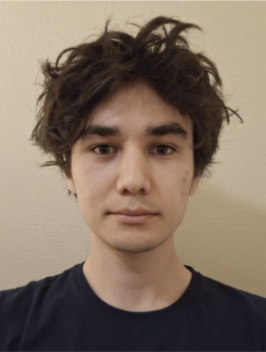
Ringo Pierzynski
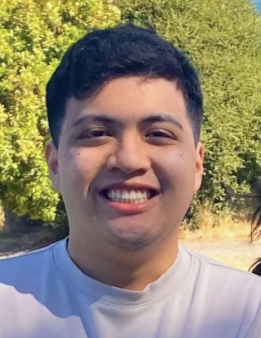
Justin Macalalad

Jeremy Peros

Katelyn Wang
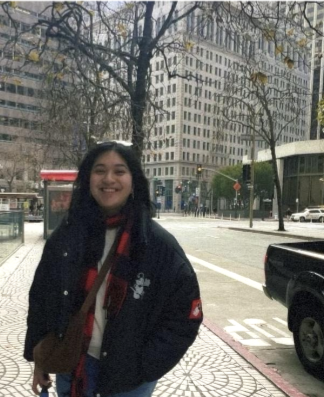
Maleah Smith
Project Overview: For a lot of structural engineering projects, there are important but repetitive tasks that must be done precisely. These tasks are typically done manually by structural engineers, which can be time consuming. Our goal is to speed up these tedious processes by automating parts that require repetitive manual labor using AI. Two specific applications that we want to help tackle are (1) extracting building and structural data from as-built drawings (diagrams used when planning buildings) to generate seismic evaluation reports and (2) automating the process of determining what equipment needs to be anchored in buildings and making basic design decisions for them. These both involve looking through a large volume of documents, such as hundreds of cut sheets describing equipment for a single building plan, which is very time consuming for engineers but also provides abundant data to train a model. Using AI to automate these processes is important because it frees up time for engineers to focus on other important, less repetitive tasks that require attention.
Body-Worn Camera AI Tagger
Partner: Signal Hill Police Department

Alexander Brown

Alex Jen
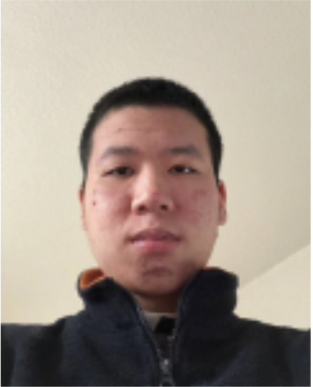
Jason Vu

Kent Ziti
Project Overview: Signal Hill Police Department currently stores 16 terabytes of untagged body-worn camera (BWC) and in-car camera footage. The camera footage presently sits in old servers whose data is at risk of being permanently lost. However, the police department cannot purge any untagged camera footage because the untagged aspect of the videos means the department cannot conclusively determine how long the department is required by California law to keep the videos on its servers. Our main focus is to classify and tag “traffic/pedestrian stops that did not result in citation” and “car checks” with very high accuracy and minimal to no videos improperly tagged. This will be based on LLM and machine learning models that incorporate video and audio data.
Creating AI Audio Deepfake Detection
Partner: Sound Ethics

Lanni Dang-Vu

Andy Nguyen
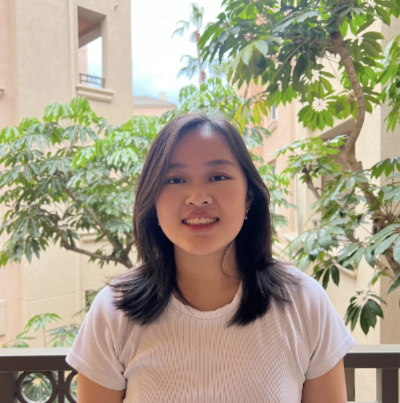
Tiana Zhen
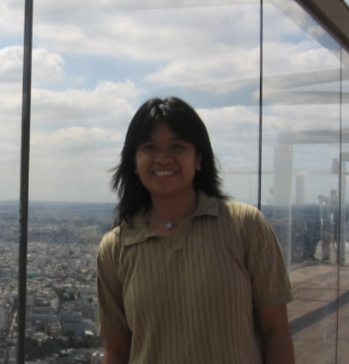
Alyssa Reyes
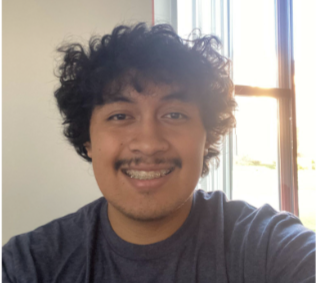
Angel Galindo

Sravan Tallapaka

Einar Gatchalianl
Project Overview: Due to the increased popularity of AI, AI now poses a significant threat to artists’ intellectual property as it is more complicated to differentiate AI-generated music from original content. There have been instances where AI-generated music has mimicked artists’ voices and performances without their consent, leading to copyright infringement issues and going against the EU AI Act and the California Transparency Act. Our goal is to promote more ethical AI practices by creating a method for deepfake AI audio detection to ensure artists’ works and voices are respected and protected, encompassing Generative Music AI Detection, Singing Voice AI Detection, and Spoken Voice AI Detection models.
Football Utilization Mechanism for Better Leadership & Execution
Partner: Gametime AI
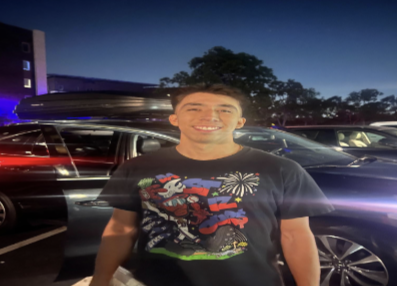
Julian Aparicio
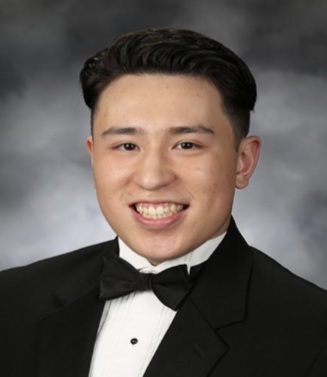
Devin Hahn
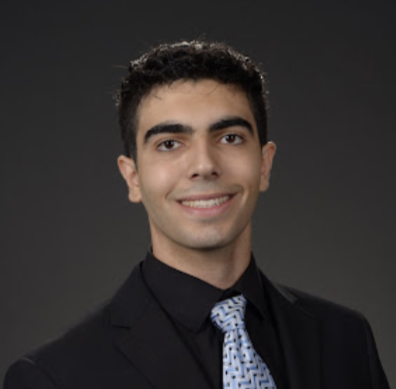
Roy Richa
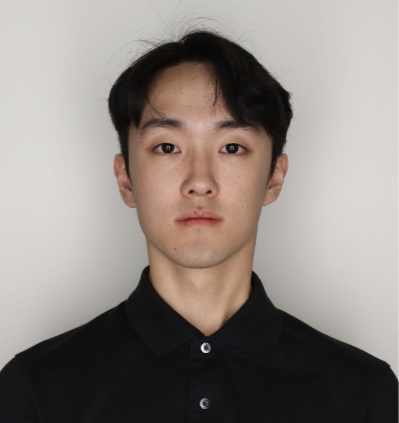
Andrew Chung

Ivan Leung
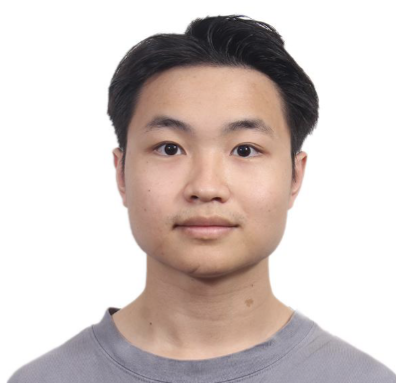
Alex Tan Zhao
Project Overview: Contemporary sports don’t get much more complex than American Football. Each play involves at least 11 players per team, all of whom have committed an extensive playbook to memory. This complexity demands that coaches stay ahead of the game to maintain their edge. The role of a coach is incredibly challenging, as split-second choices can impact not just a single match, but potentially an entire season. Head coaches face an additional challenge during games: sifting through an enormous repertoire of plays to identify the optimal choice for each unique scenario. A real-time system capable of showcasing play effectiveness in specific situations could significantly boost offensive productivity. To tackle these challenges, we’ve been assigned to improve upon the existing F.U.M.B.L.E. system developed by the Gametime AI team. Our primary objective is to systematize the vast array of plays provided by each team and create a defensive interface that offers pertinent statistics to enhance play-calling decisions.
GRCResponder
Partner: Accenture
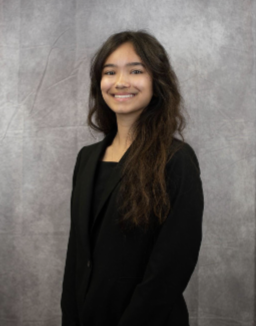
Brianna Steier
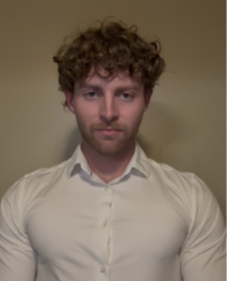
Liam Gass
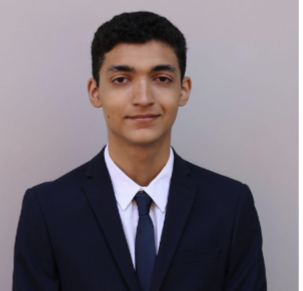
Elijah Tavares
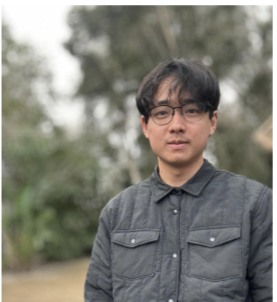
Cael Howard

Kim June
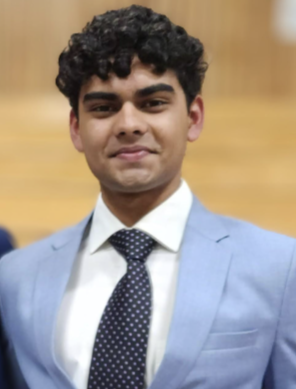
Rish Sharma
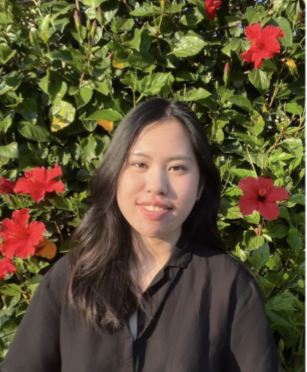
Angel Li
Project Overview: Utility companies must justify their rates to the California Public Utilities Commission in a long and complicated General Rate Case, a process involving thousands of inquiries and document exchanges. Current workflows require manual information retrieval, which may open room for more human faults due to the sheer volume of documents involved. Our project aims to improve this process by providing a tool capable of quickly identifying relevant documents through AI-powered semantic search. This problem is important to solve because the time saved searching through unrelated files could enable employees to respond efficiently and consistently while reducing one of the most tedious parts of their work.
PairBot: Smarter AI Interviews
Partner: Pairwise AI
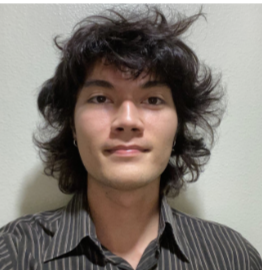
Arthur Sigsbury
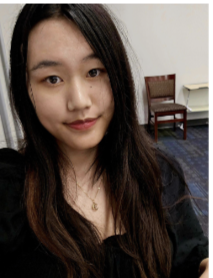
Susannah Liu

Kevin Parfien
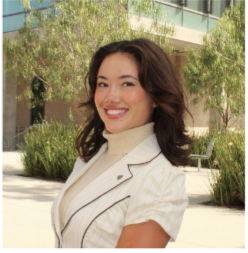
Delphine Tai-Beauchamp
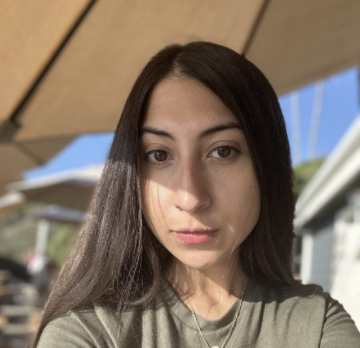
Neda Mohseni

Scott Pham
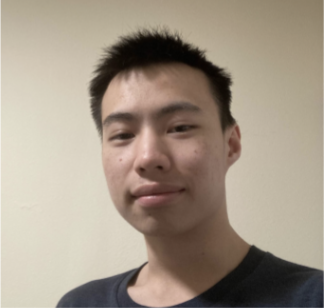
Raymond Huang
Project Overview: Hiring processes are often bottlenecked by the reliance on human recruiters for conducting interviews, limiting scalability and efficiency. Our sponsor’s CEO heavily utilizes contract-based hiring but wants to scale this process beyond its current limitations. By integrating AI into screening interviews, we aim to streamline the process, allowing for multiple simultaneous interviews while maintaining quality. This will empower hiring managers to efficiently identify top candidates without overextending human resources, enabling unprecedented scalability.
PDF Extraction: A Showcase of Automated Data Comprehension
Partner: Partner Valuation Advisors
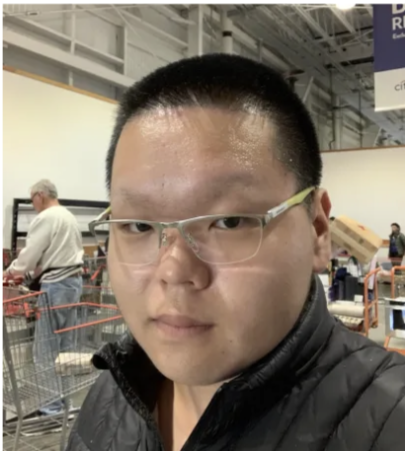
Wilson Su
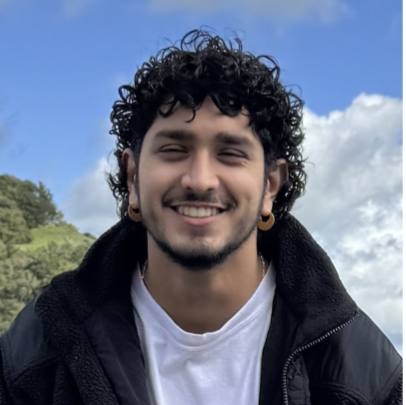
Avinashl Duggal
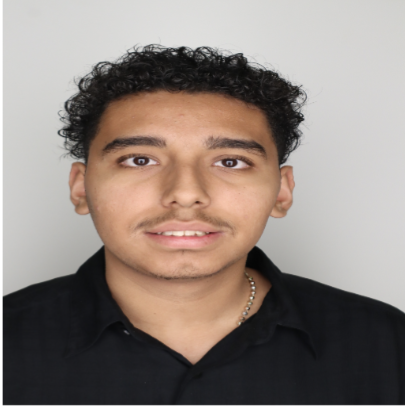
Miguel Ruiz Licea
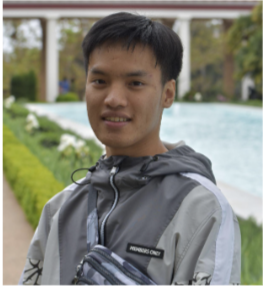
Matthew Chang
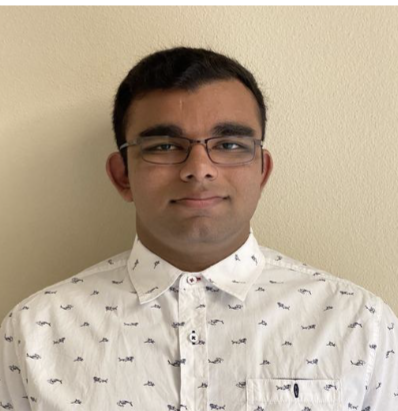
Dev Patel

Josephine Ligatsyah
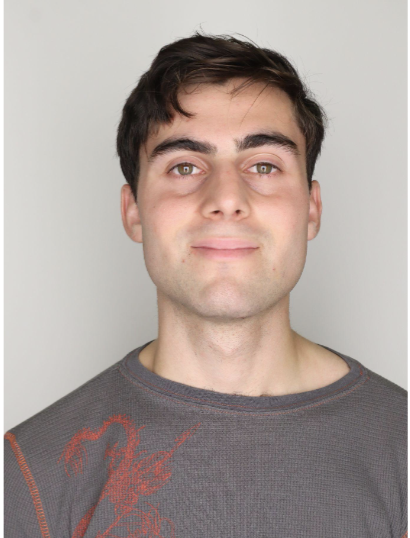
Andre Khmelnitsky
Project Overview: The project wants to focus on enhancing accessibility and convenience for the sponsor by streaming the extraction of property details from given documents. Currently, accessing and processing this information by hand is time-consuming. This project directly addresses this challenge by providing an in-house solution tailored to the sponsor’s needs utilizing AI. The objective is to improve accessibility to property information, making it easier and faster for staff to retrieve what they require without needing to look through a multi-page document. By automating data extraction using AI prompting, the project eliminates the need for manual data extraction and entry, reducing human error and freeing up time for staff to focus on more pertinent information.
Preventing Brain Death
Partner: Intracranial Exothermia, LLC.

Kelly Kim
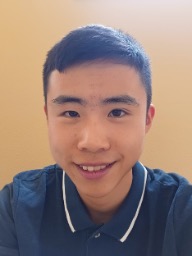
Evann Lim

Elise Ji
Project Overview: The problem our overarching project aims to solve is preventing brain damage during and after cardiac arrest in an unstable environment. Our specific focus in this project is to develop software that will guide a probe during the procedure. It would display the trajectory and surroundings of the probe as it passes through vital areas of the patient’s body. By addressing this challenge, this project has the potential to save lives, preserve brain function, and significantly improve patient outcomes. Without our software, users would be required to perform the operation blind, increasing the risk of damaging surrounding vital structures.
Senior Sense Solutions
Partner: Dassault Systémes
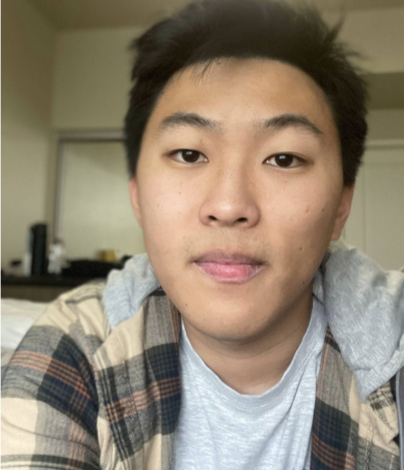
Noah Wang
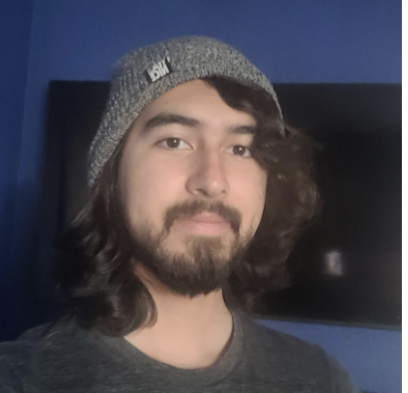
Adan Chavez

Elijah Hahm
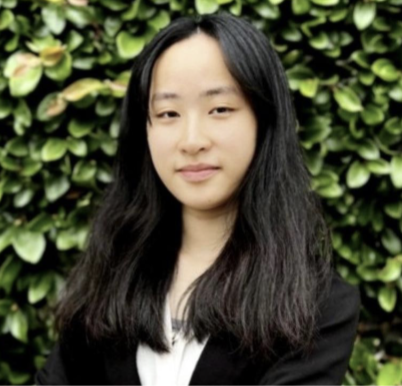
Justina Wu
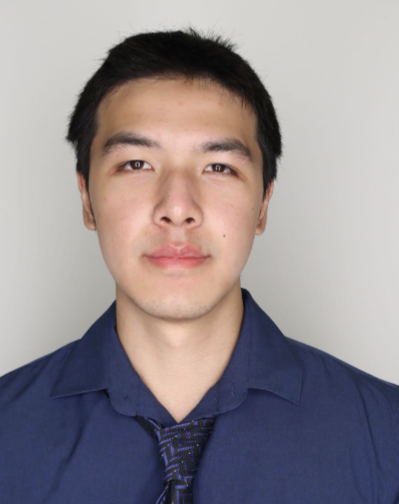
Jacky Cheng
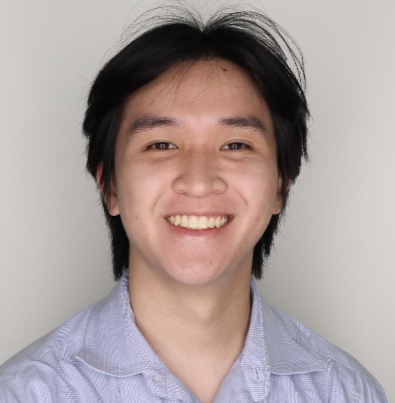
Tyler Tran
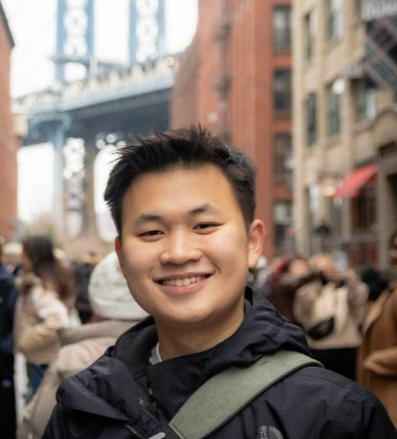
Peter Tumali
Project Overview: As our elderly population continues to expand, the increase in age related healthcare services similarly grows. Many of these healthcare issues are projected to rise by 2050, leading to cognitive impairment and compromising autonomy that increase the cost of elderly care. As a result, new and emerging technologies are needed to assist in monitoring these growing medical issues for the elderly population and reducing the aforementioned unmet needs in the healthcare system. In a joint effort with the UCI Biomedical Engineering (BME) team, we will be designing software functionality for a wrist-worn device with biometric monitoring capability, as well as a web application to accompany it. Working in tandem, these two pieces will help record and organize daily patterns, and flag unusual behaviors, notifying caregivers via the web application when necessary.
Visualization Tools for Structural Analysis
Partner: KPFF
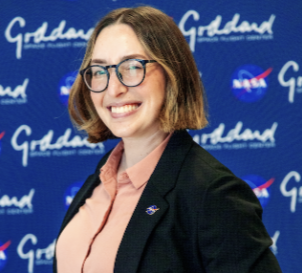
Morgan Newton
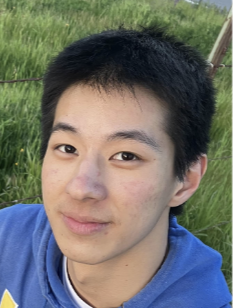
Peter Young
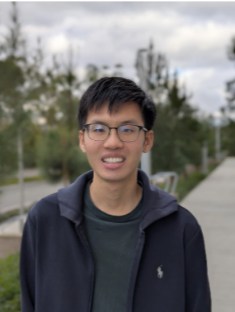
Dillon Tran

Rosnita Dey

James Liu

John Rothbard
Project Overview: KPFF, established in 1960, is a renowned structural and civil engineering firm recognized for its expertise in designing resilient and sustainable projects. KPFF is dedicated to tackling complex challenges in urban development and structural systems. This project reflects that focus; it will augment existing analysis tools to enhance usability and efficiency. The goal is to develop a user-friendly visualization tool for a powerful command-based earthquake simulation analysis tool. Our software will enhance the interpretation of structural and geotechnical analysis results and leverage pre-existing analysis power for commercial engineering applications.